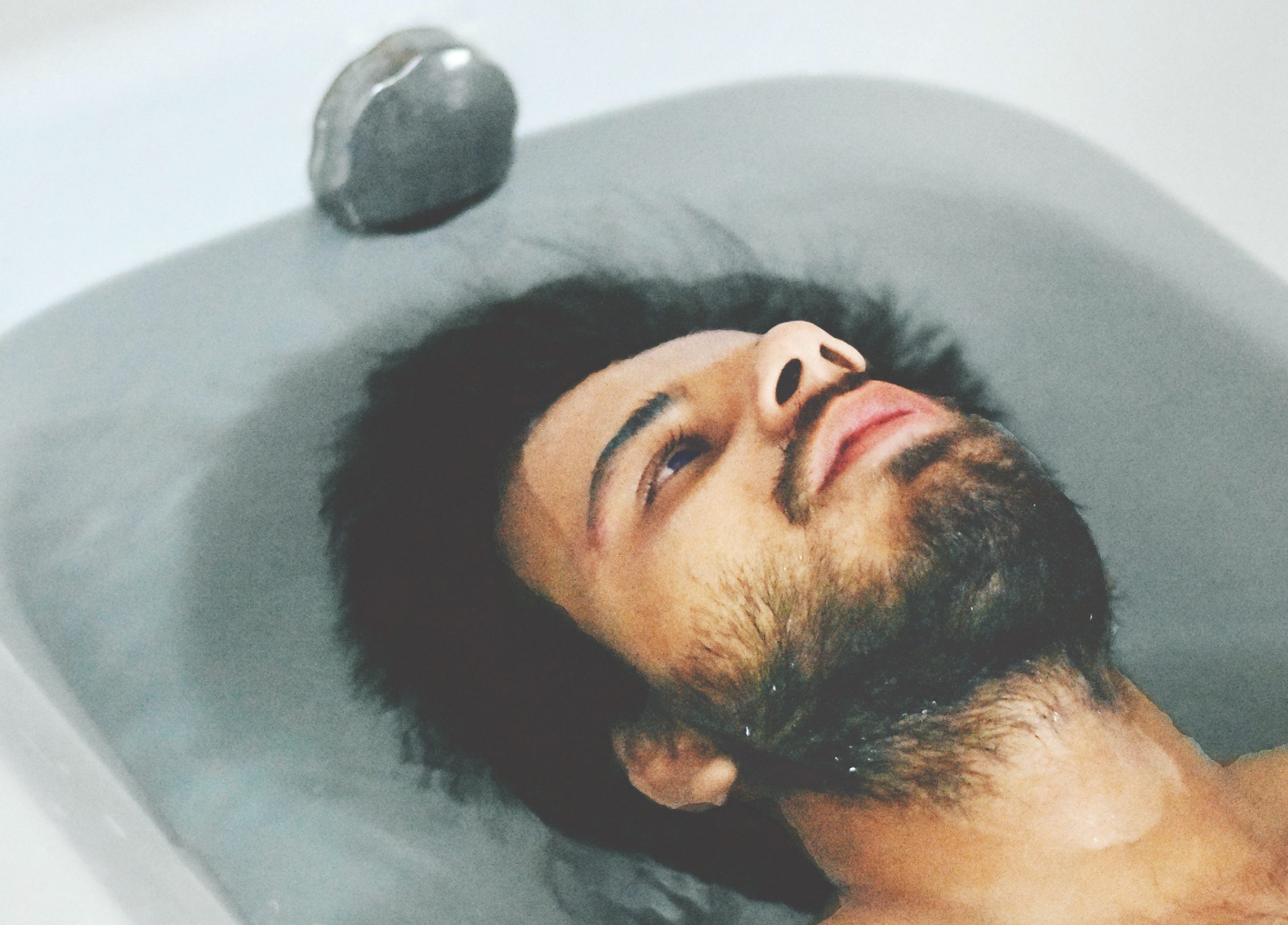According to the Anxiety and Depression Association of America, an estimated 40 million American adults suffer from anxiety disorders. Only about one-third of those suffering from an anxiety disorder receive treatment, even though the disorders are highly treatable.
Over six years ago, I was diagnosed with social anxiety disorder. I remember feeling both relieved and frustrated. I felt relieved because I realized I wasn’t the only one. I felt frustrated because in many ways, this “disorder” didn’t feel real. I didn’t have a broken bone, a virus, or a bacteria that was causing the disorder. It was completely in my head.
Anxiety is the dread or fear of some future anticipated event. According to Dr. Ben Epstein, a psychologist who blends traditional cognitive behavioral therapy (CBT) with mindfulness and acceptance techniques, anxiety is, by definition, “future-oriented.” People who suffer from anxiety worry about the possibility of a stock market crash, failing an exam, missing a deadline, getting a negative review at work, etc.
Sadly, many people who suffer from anxiety or anxiety disorders fail to seek help. Dr. Epstein lists a few different reasons why people may avoid getting help. “People generally avoid seeking out treatment for psychological issues because of stigma and/or economic reasons. There is still a strong sense of concern over being labeled ‘mentally ill.'” The other reason is the financial barrier. “Because of the ubiquitous nature of mental illness, there is a big lack of parity between coverage for issues related to mental health and other areas of healthcare, so there may be a significant financial barrier which serves to obfuscate people from reaching out to mental health providers.”
For me, the anxiety slowly crept into my life over many years, until it invaded all areas of social interactions. In the beginning, the feeling of anxiety, which for me felt as though I was falling into an endless pit of darkness, combined with feeling as though my stomach would burst from the intense feeling of being in tight knots, only happened when I was in front of large groups of people. This was easy enough to avoid. I turned down speaking engagements, stopped attending networking functions, etc. However, over time, those social interactions that triggered the anxiety increased. I felt anxious even in small groups of people—even groups of friends. Then over time, I noticed I felt anxious—all the time.
Treating Anxiety
Fortunately, neuroscience has been making strides in determining the areas of the brain that are responsible for the anxiety response. In one Stanford study:
“The researchers also found that both amygdala regions had less connectivity to the region of the brain responsible for determining the importance of stimuli. This could mean that people with the [anxiety] disorder have a harder time discerning truly worrisome situations from mild annoyances. At the same time, the amygdala was more connected to a cortical executive-control network previously found to exert cognitive control over emotion.”
Other studies have been using brain scans to determine which therapy will be most effective for those suffering from anxiety disorders.
According to Dr. Epstein, effective treatments for anxiety include medication and psychotherapy. Commonly prescribed medications include selective serotonin reuptake inhibitors (SSRI), or another class of antidepressants known as tricyclic antidepressants. He emphasizes that often, a combination of medication and therapy is the most effective treatment combination.
Currently, the most common forms of psychotherapy used to treat anxiety are cognitive-behavioral approaches and behavioral therapy. Dr. Epstein says, “Cognitive behavioral therapy is helpful to teach individuals to become able to better recognize maladaptive thought patterns and the concurrent bodily sensations that might precede or accompany those patterns, as well as external situations that might trigger anxiety and the capacity to respond differently.” Other treatment includes behavioral therapy, which uses techniques such as flooding, gradual exposure to whatever a person is afraid of, systematic desensitization, and progressive muscle relaxation to help mediate the effects of anxiety.
Mindfulness As Treatment For Anxiety
I chose both CBT and mindfulness-based stress reduction (MBSR) for my treatment. It wasn’t a panacea; I wasn’t cured overnight, and I still experience occasional anxiety. Anxiety-provoking situations are still plenty in my life. However, what has changed is my relationship to my feelings of anxiety. When my stomach starts tightening, and I get that sensation of falling into a pit of despair, I immediately recognize it as anxiety. I can then deploy the many tools in my arsenal for diffusing the anxious feelings.
Initially, while I was going through the MBSR treatment program, I questioned how sitting quietly every day in meditation can “cure” anxiety. Dr. Epstein explains it in this way:
“Anxiety is perpetuated by avoidance. If we avoid the unpleasant thoughts and feelings we are able to reduce their power in the short term. But they inevitably return with a vengeance. When you practice mindfulness, you make the conscious decision to stay present and examine your own unfolding inner experience without judgement or censure.”
What I’ve learned is a different way of approaching anxiety. I no longer panic over the fact that I am anxious. Anxiety is simply a sensation, a thought, just like any other. I credit my daily mindfulness practice for this shift. As Dr. Epstein puts it, practicing mindfulness allows you to “gain the ability to correctly evaluate and change your attitudes and behaviors.”
This article previously appeared on Forbes.

